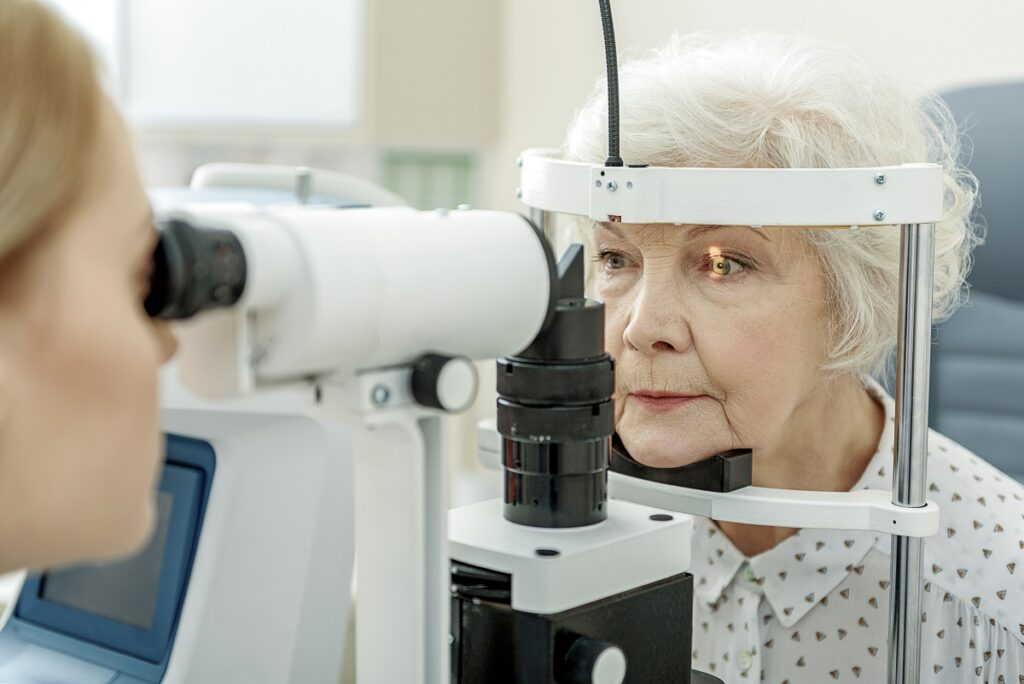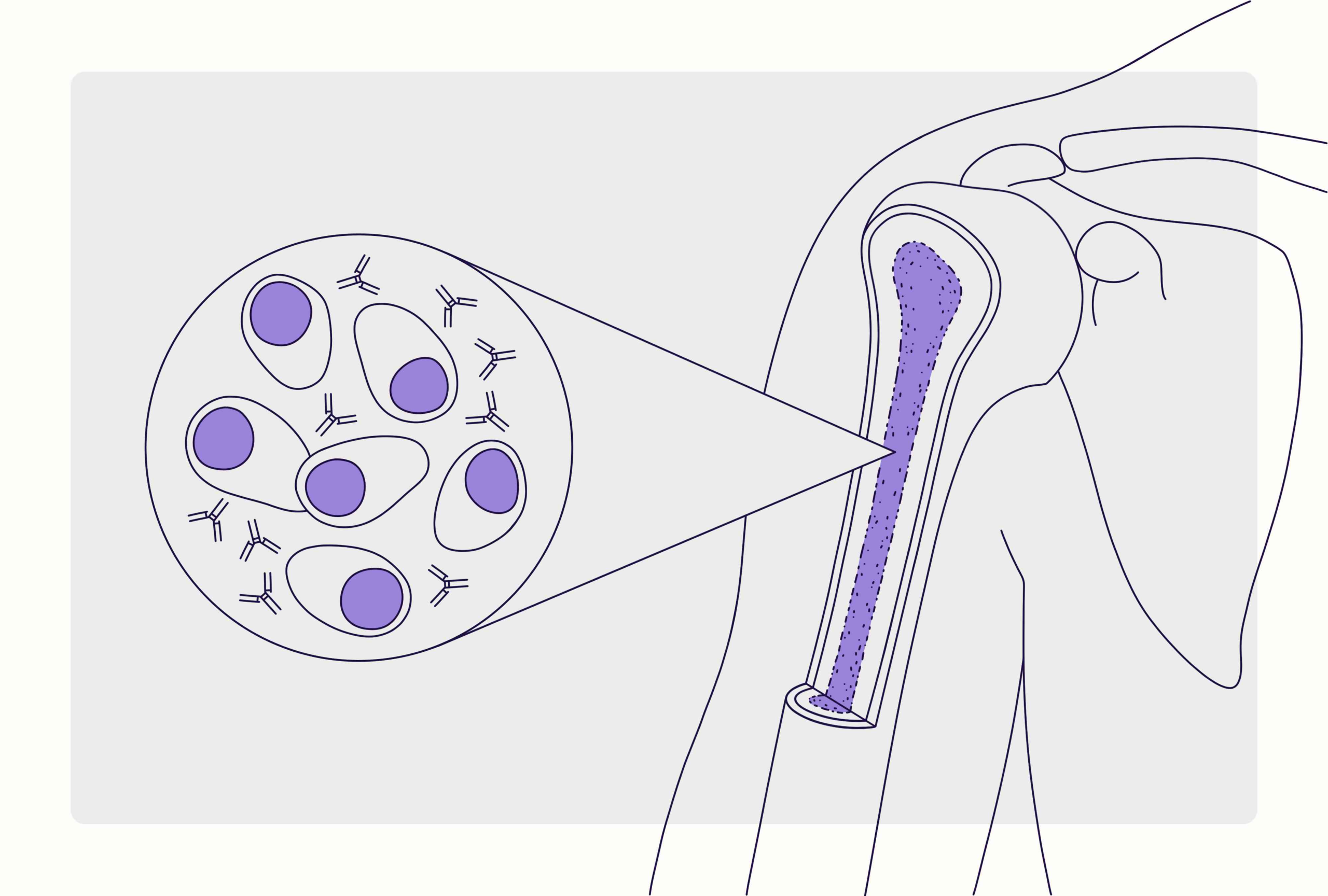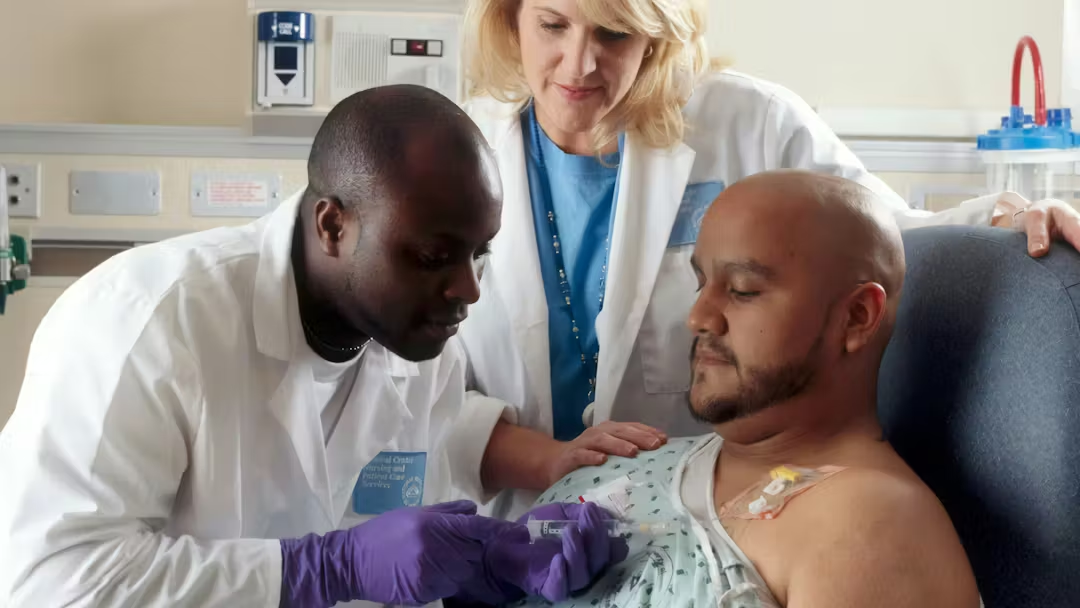Many Americans over 50 begin noticing small changes in their eyesight — blurry words on a page, faded colors, or a dark spot right in the center of vision. These early signs may seem harmless, but they could be the warning lights of macular degeneration, a leading cause of vision loss among adults in the United States.
More than 20 million Americans are affected by some form of macular degeneration, and yet, many don’t realize what’s happening until their sight is permanently damaged. Understanding this disease — and how to slow or even prevent it — can protect your vision and independence for years to come.

What Is Macular Degeneration?
Age-related macular degeneration (AMD) is an eye disease that damages the macula, the central part of the retina responsible for sharp, detailed vision. The macula allows you to read, recognize faces, drive, and see fine details clearly. When it deteriorates, your central vision becomes blurry or distorted, while side vision usually remains intact.
There are two main types of AMD:
- Dry (atrophic) AMD:
The most common form, accounting for about 80–90% of cases. It develops slowly as the macula thins and tiny yellow deposits called drusen build up beneath the retina. - Wet (neovascular) AMD:
Less common but more severe. Abnormal blood vessels grow under the retina and leak fluid or blood, causing rapid vision loss.
Early Symptoms: What to Watch Out For
Macular degeneration is often painless and gradual, making early detection challenging. Be alert for these warning signs:
- Blurred or fuzzy vision in the center of your eyesight
- Difficulty reading small print or recognizing faces
- Colors appearing dull or faded
- Straight lines (like door frames) appearing wavy or distorted
- A dark or empty spot in your central vision
If you notice any of these changes, see an eye specialist immediately. Early diagnosis can prevent further vision loss, especially in the wet form of AMD.
Who Is at Risk?
While anyone can develop macular degeneration, certain factors increase your risk:
- Age: Most cases occur in people over 50.
- Genetics: A family history of AMD increases your risk.
- Smoking: Smokers are two to four times more likely to develop AMD.
- Poor diet: Low intake of antioxidants, vitamins, and minerals can accelerate retinal damage.
- Obesity and high blood pressure: Both can affect blood flow to the eyes.
- Sun exposure: Long-term UV exposure can damage retinal cells.
If you have multiple risk factors, regular eye exams (at least once a year) are essential for early detection.
Diagnosis and TestingAMD is diagnosed through a comprehensive eye exam, which may include:
- Visual acuity test – measures how clearly you can see letters or symbols.
- Amsler grid test – checks for wavy or missing lines in your central vision.
- Dilated eye exam – allows the doctor to view the retina and detect drusen.
- OCT (Optical Coherence Tomography) – provides detailed cross-section images of the retina.
- Fluorescein angiography – highlights abnormal blood vessels in wet AMD.
Early diagnosis gives doctors more options to slow or stop vision loss.
Treatment Options
Although there is no permanent cure for macular degeneration, modern treatments can significantly slow progression and help preserve vision.
For Dry AMD:
- AREDS2 Vitamins: Large clinical studies (by the National Eye Institute) show that supplements containing vitamin C, vitamin E, zinc, copper, lutein, and zeaxanthin can slow progression in certain patients.
- Healthy diet: A nutrient-rich diet can reduce the risk of vision decline.
- Regular monitoring: Use an Amsler grid at home to track vision changes.
For Wet AMD:
- Anti-VEGF Injections: Medications such as Eylea, Lucentis, and Avastin block abnormal blood vessel growth and leakage.
- Laser therapy: Sometimes used to seal leaking vessels in specific cases.
- Photodynamic therapy: Combines light and medication to target abnormal blood vessels.
These treatments are highly effective when started early — another reason not to delay an eye exam if you notice visual changes.
Nutrition and Lifestyle: Protecting Your Vision Naturally
Certain foods and habits can make a real difference in slowing AMD progression.
Eat more of:
- Leafy greens (spinach, kale, collard greens) – rich in lutein and zeaxanthin.
- Colorful fruits (oranges, blueberries, kiwi) – high in antioxidants.
- Omega-3 fatty acids (salmon, walnuts, flaxseed) – support retinal health.
- Whole grains – to stabilize blood sugar levels and reduce inflammation.
Avoid:
- Smoking and secondhand smoke.
- Excess sugar and processed foods.
- Prolonged exposure to bright sunlight without sunglasses.
Wearing UV-protective sunglasses, maintaining a healthy weight, and keeping blood pressure under control all help preserve eye health.
Living With Macular Degeneration
A diagnosis of AMD can be emotionally difficult, but it does not mean complete blindness. Many people retain their peripheral (side) vision and continue to live independently with the help of low-vision aids — such as magnifiers, special lighting, and large-print devices.
Support organizations like the American Macular Degeneration Foundation (AMDF) and the BrightFocus Foundation offer resources, counseling, and practical advice for coping with vision changes.

Key Takeaway: Don’t Wait Until It’s Too Late
Macular degeneration often starts silently, but its impact on your life can be devastating if ignored. Blurry vision, faded colors, or distortion in your central sight are not just “normal aging.”
With regular eye exams, a nutrient-rich diet, and early treatment, many Americans are maintaining their vision well into their 70s and 80s.
Your eyesight is precious — protect it before the signs become permanent.



